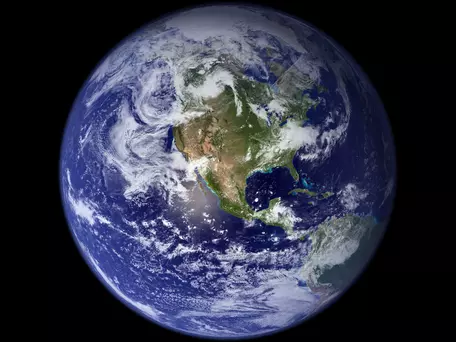
Bringing Climate Science Topics into your Classroom
One of CLEAN's goals is to help teachers be as effective as possible when teaching the essential principles of climate science. This series of web pages introduces climate science in a sequence that illustrates different aspects of the climate system. Natural and human influences on climate are presented here, as well as the effects of interactions between parts of Earth's systems. Special emphasis is placed on the methods that scientists use to study the climate and make predictions about future impacts, as this is a topic that is sometimes misunderstood. The overarching Guiding Principle states that humans can take action to reduce climate change and its impacts, which is a key part of teaching climate science. Taken together, these concepts describe climate literacy.
The Guide to Teaching About Climate
Each principle listed below links to a description of the topic, a discussion of what makes the topic important, ways to bring it into your classroom, suggestions for grade-level specific teaching strategies, and links to relevant teaching materials.
1. The Sun is the primary source of energy for Earth's climate system.
2. Climate is regulated by complex interactions among components of the Earth system.
What is Climate Literacy?
According to the Climate Literacy Framework from the US Global Change Research Council, Climate Science Literacy is an understanding of your influence on climate and climate's influence on you and society.
Download the color booklet, Climate Literacy Framework by the US Global Change Research Program
New climate literacy principles are under review, you can find a PDF of the 2024 version on the Open Educational Resource Commons website.
The Living Landscapes project provides a locally relevant version of the climate literacy principles focused on using traditional knowledge.
4. Climate varies over space and time through both natural and man-made processes.
5. Our understanding of the climate system is improved through observations, theoretical studies, and modeling.
6. Human activities are impacting the climate system.
7. Climate change will have consequences for the Earth system and human lives.
The Guiding Principle for Informed Climate Decisions
GP. Humans can take action to reduce climate change and its impacts.
Additional Resources:
Spanish language version
of these Principles » Locally relevant
Literacy Resources » Climate Mental Health » Managing Controversy »



![[creative commons]](/images/creativecommons_16.png)